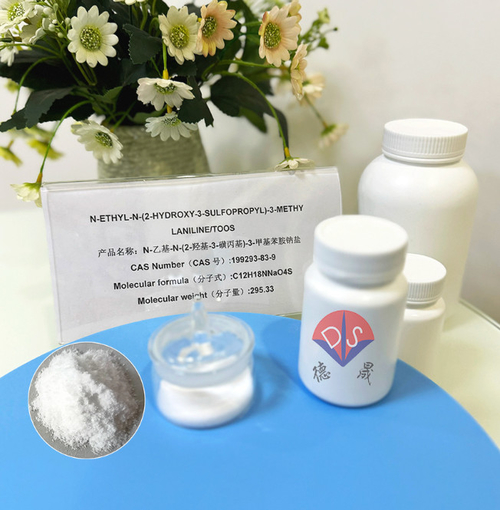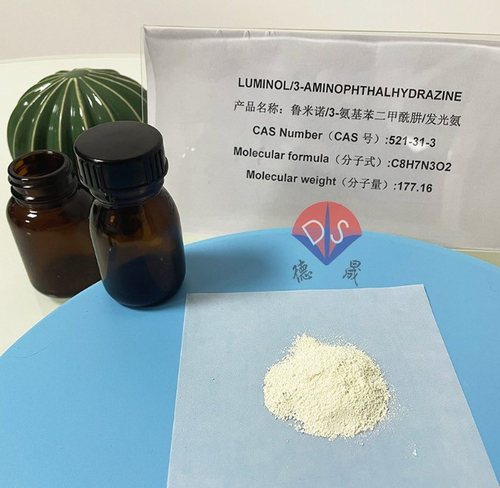What should be noted when using Luminol for heavy metal ion detection?
2024-04-17
Luminol, also known as luminescent ammonia, is an important reagent widely used in chemiluminescence analysis. Luminol plays an important role in heavy metal ion detection. However, when using luminol for heavy metal ion detection, a series of precautions need to be taken to ensure the accuracy and reliability of the detection results. This time, we will discuss in detail these precautions that need to be taken into account.
1、 Preparation and Preservation of Luminol Reagents
The purity of the luminol reagent is crucial for the accuracy of the detection results. Therefore, when preparing luminol reagents, choose high-quality raw materials and strictly follow the operating procedures. At the same time, in order to maintain the stability of the luminol reagent, it should be stored in a dry, cool, and dark environment to avoid its failure due to moisture, heat, or light. In addition, it is also very important to regularly check the shelf life and condition of reagents to ensure that they always maintain good performance.
2、 The control of reaction conditions is crucial for the luminescence reaction of luminol with heavy metal ions
Appropriate pH value, temperature, and reaction time are key factors affecting the luminescence effect. Therefore, before conducting the detection, it is necessary to carefully adjust these conditions to achieve better luminescence effects. At the same time, in order to avoid interference from other substances, it should be ensured that there are no other luminescent substances or substances that can affect luminescence in the reaction system.
3、 Sample processing is also one of the key factors affecting the detection results
The sample to be tested may contain other metal ions, organic compounds, or impurities, which may react with luminol and interfere with the detection of heavy metal ions. Therefore, before testing, it is necessary to perform appropriate pre-treatment on the sample, such as dilution, filtration, or extraction, to remove these interfering substances. At the same time, special attention should be paid to the storage and transportation conditions of the samples to avoid any changes before testing.
4、 Choose appropriate testing methods and instruments
Different heavy metal ions may require different detection methods and instruments. Therefore, when choosing to use luminol for heavy metal ion detection, appropriate detection methods and instruments should be selected based on the characteristics and requirements of the tested ions. At the same time, regular maintenance and calibration of instruments are also very important to ensure their stable and accurate performance.
5、 Interpretation and analysis of data
There is a certain relationship between the intensity of luminol luminescence reaction and the concentration of heavy metal ions, but this relationship may be influenced by various factors, such as the purity of reagents, changes in reaction conditions, and errors in sample processing. Therefore, when interpreting and analyzing data, it is necessary to fully consider the impact of these factors and make comprehensive judgments in conjunction with other relevant information. At the same time, it is also very important to conduct necessary verification and comparison of the test results to ensure their accuracy and reliability.
6、 Follow relevant safety operating procedures
Luminol is a chemical reagent with certain irritancy and corrosiveness. Therefore, during the operation, appropriate protective equipment should be worn, such as laboratory clothes, gloves, and goggles. At the same time, it is necessary to ensure good ventilation in the laboratory and avoid inhaling harmful gases.
In summary, when using luminol for heavy metal ion detection, multiple considerations need to be taken into account. We need to strictly control every step from the preparation and storage of reagents, control of reaction conditions, sample processing to the selection of detection methods and instruments. Only in this way can we ensure the accuracy and reliability of the test results. As a professional chemical supplier, Desheng sells Luminol powder with high purity and strong stability. Customers can easily purchase the required products through the official website or customer service hotline. If you have any relevant intentions, please click on the website to inquire about details.
Read More




